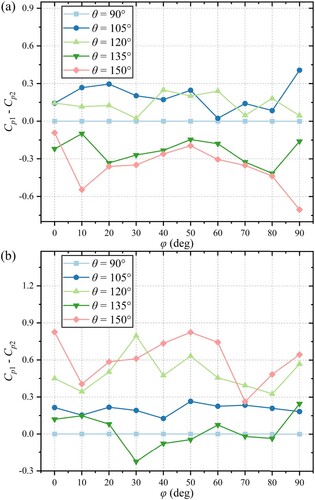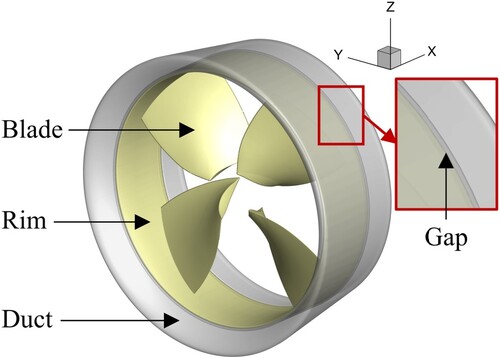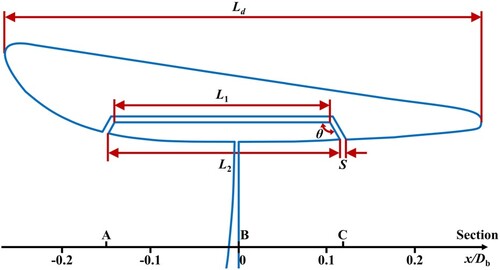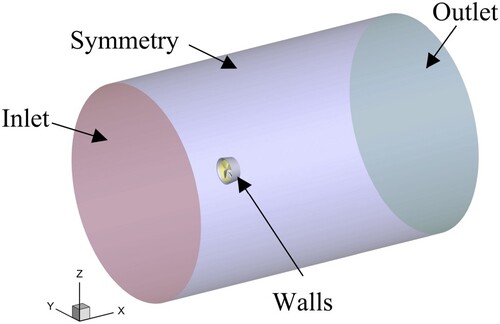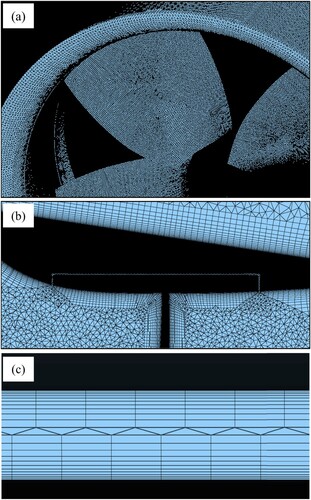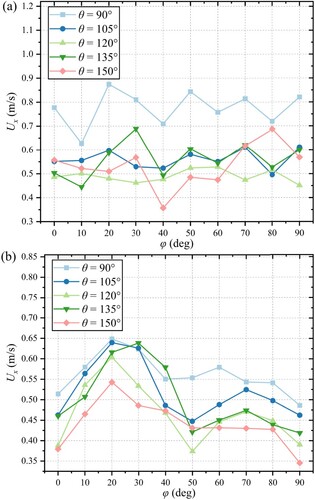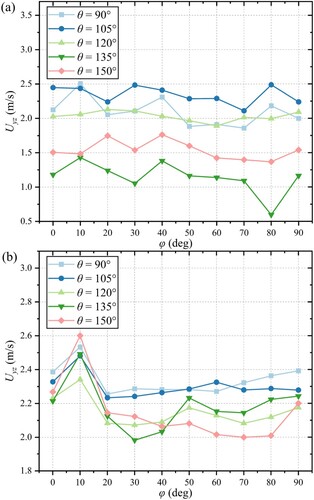Figures & data
Table 1. Parameters of the RDT model.
Table 2. Results of the grid convergence analysis.
Figure 6. Hydrodynamic characteristics of the RDT at different oblique angles () with a fixed axial segment length of the gap.
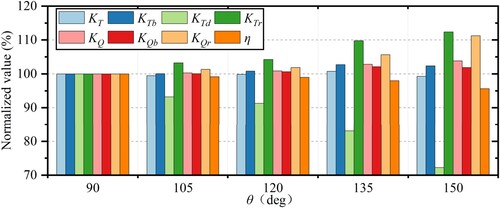
Figure 7. The axial velocity distribution of the flow field at different oblique angles () with a fixed axial segment length of the gap: (a)
= 90°, (b)
= 105°, (c)
= 120°, (d)
= 135°, and (e)
= 150°.
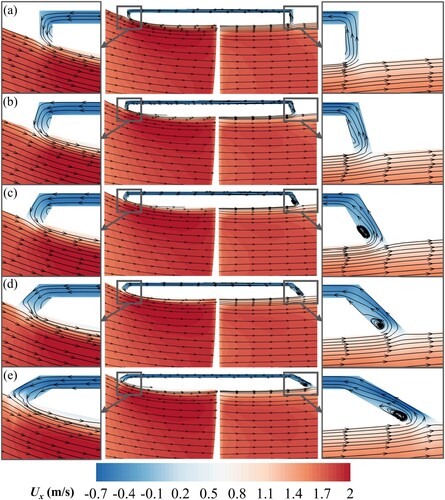
Figure 8. The pressure distribution of the flow field at different oblique angles () with a fixed axial segment length of the gap: (a)
= 90°, (b)
= 120°, and (c)
= 150°.
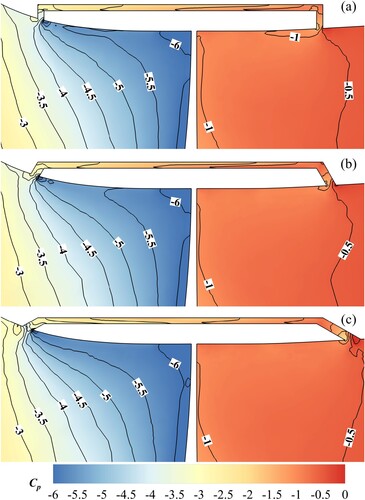
Figure 9. 3D pathlines in the gap at different oblique angles () with a fixed axial segment length of the gap: (a)
= 90°, and (b)
= 120°.
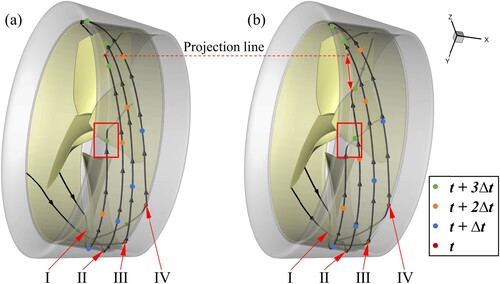
Figure 10. Hydrodynamic characteristics of the RDT at different oblique angles () with the fixed distance between the gap inlet and outlet.
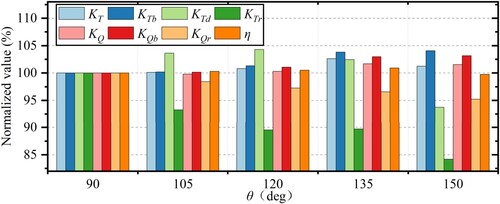
Figure 11. The axial velocity distribution of the flow field at different oblique angles () with the fixed distance between the gap inlet and outlet: (a)
= 105°, (b)
= 120°, (c)
= 135°, and (d)
= 150°.
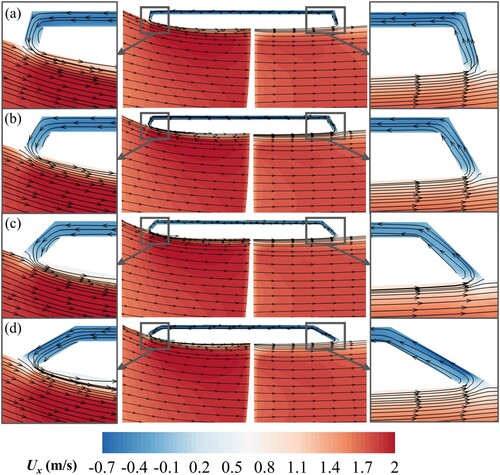
Figure 12. The dimensionless axial velocity contour distribution at different oblique angles ( = 90° colored by red and
= 135° colored by blue) with the fixed distance between the gap inlet and outlet: (a) cross section A, (b) cross section B, and (c) cross section C.
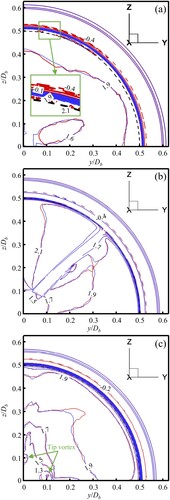
Figure 13. Vortex distribution visualized with an isosurface of the instantaneous Q-criterion in the wake field for the fixed inlet and outlet positions of the gap with different corner angles: (a) = 90°, and (b)
= 135°.
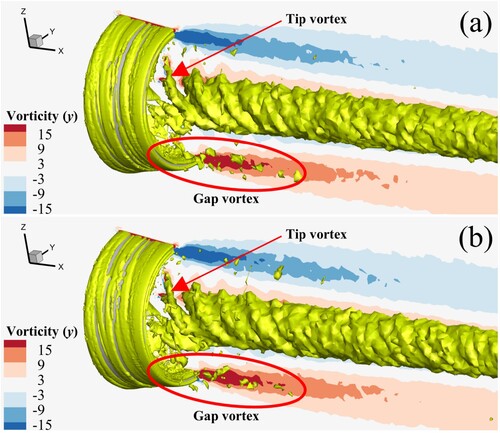
Figure 14. Gap vortex distribution visualized with an isosurface of the instantaneous Q-criterion in the wake field when = 90°.
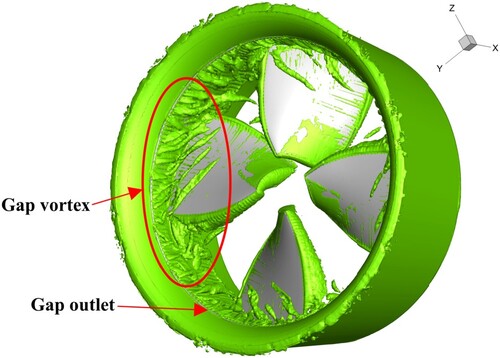
Figure 15. Positions and angles of the monitoring points located at the quarter-gap inlet and outlet.
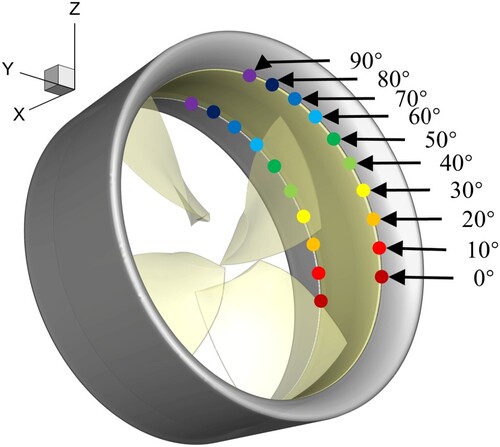
Figure 16. Pressure coefficient () curves at different monitoring points at different oblique angles (
) with the fixed distance between the gap inlet and outlet: (a)
of the gap outlet, (b)
of the gap inlet, and (c) relative
between the inlet and outlet of the gap.
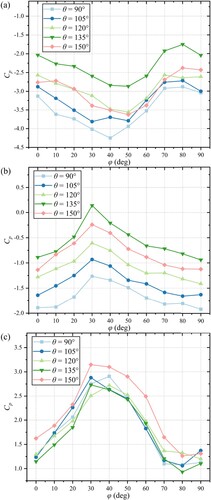
Figure 17. Value of the difference in pressure coefficients for the results of fixed (
) and fixed
(
) at different monitoring points at different oblique angles (
): (a) the gap outlet, and (b) the gap inlet.
